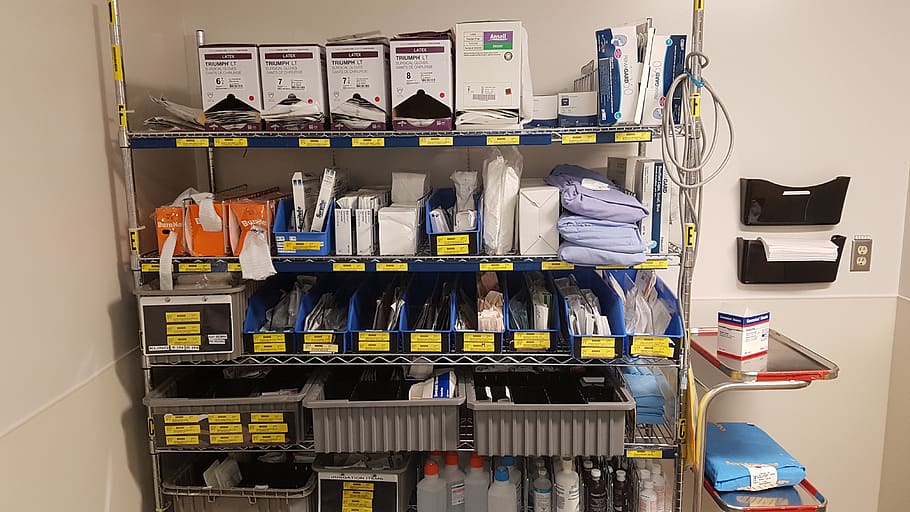Have a story idea
Have a story idea? Send it to us here.

Source : Medical Supplies
December 2, 2020
Author : Patty Rodriguez
It’s no secret that the coronavirus has caused global supply chain disruptions at an unprecedented level, but hospital supply costs are perhaps the starkest example of just how bad things have gotten.
A report by Moody's Investors Service lays it all out and claims disruptions to “essential medical supplies and building materials” supply chains are likely to continue. According to the company, the coronavirus pandemic is likely to increase fragmentation in international supply chains, with disruptions in Chinese production being a major factor in the sky-high costs of PPEs (personal protective equipment.)
A separate report from the Texas-based Daily Sentinel notes that the cost of disinfecting wipes -- a staple of the healthcare industry -- have increased 1,500 percent since the outbreak of the virus. Sani-Cloth wipes, or in industry jargon “purple wipes” (named after the packaging, seen ubiquitously in US hospitals) once only cost $4. Today a package costs $61.
According to the outlet, a box of gloves used to cost $9 and now costs $35; and a box of syringes went from $9 to $55. Nacogdoches Memorial Hospital, which the outlet features in its report, has spent $300,000 more in October than they did in the same month in 2019 on expenses
Meanwhile, the costs of building materials is putting a halt on the construction of new hospitals and are likely to continue rising.
“Beyond major producing regions in the global construction supply chain such as Chinese copper and steel, Canadian lumber, Italian marble and ceramic tile from Brazil, Spain and Turkey, a range of other materials and equipment are sourced globally, including paving stones, lighting, electrical equipment and elevators," the report said.
At the same time, hospitals are taking in less money than before as people are less likely to check themselves in due to the risk of contracting coronavirus.
These are some of the factors that have contributed to the halting of construction of new hospitals in many countries.
Back in the spring, the construction of a national children’s hospital in Ireland was put on hold over disputes between the hospital board and the primary contractor; just last week, it was revealed that the contractor has made more than 600 claims for extra costs totalling more than 200 million euros, or a little less than $240 million USD.
By our tally, in the US, at least seven medical facilities have either suspended or cancelled construction. That’s not even including work stoppages mandated by state governments so as to prevent the spread of the virus.
While the coronavirus has disrupted medical and construction supply chains, such disruptions are likely to reshape markets. As the report from Moody’s notes: “A shift away from globalization has the potential to reshape or even reverse the build-up of production bases concentrated in China and other emerging markets.”
As the website Fierce Healthcare has highlighted, the coronavirus pandemic has led to increased investment in domestic manufacturers of PPEs, yet another reason to expect localization in healthcare industry supply chains.
But that’s not necessarily good news for US hospitals, which save significantly due to their sourcing of products through global supply chains. According to Moody’s, a greater focus on local production would likely “raise costs and lower margins,” and it is expected that already strapped hospitals will bear the brunt of the cost increases. As the report states, “Higher production costs and more fragmented supply chains will increase costs for hospitals and procurement teams sourcing essential medical supplies.”
Category : Coronavirus Pandemic Health and Safety Material Costs
